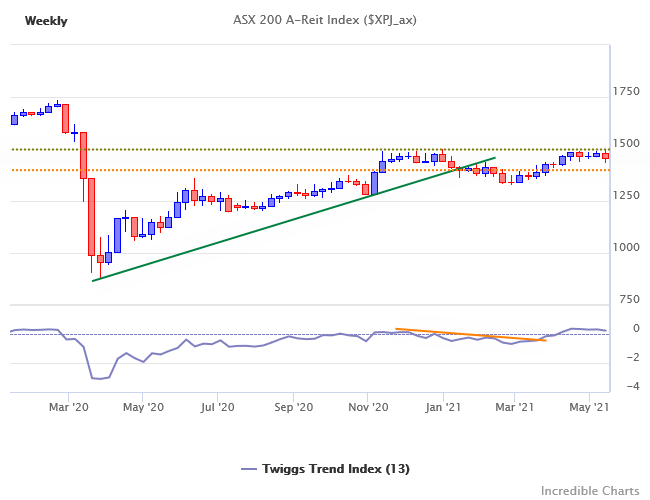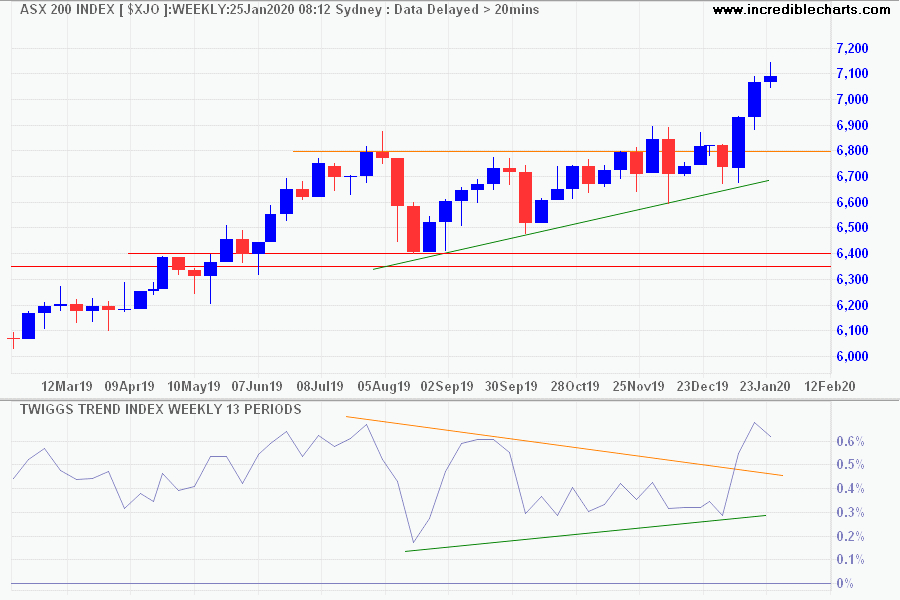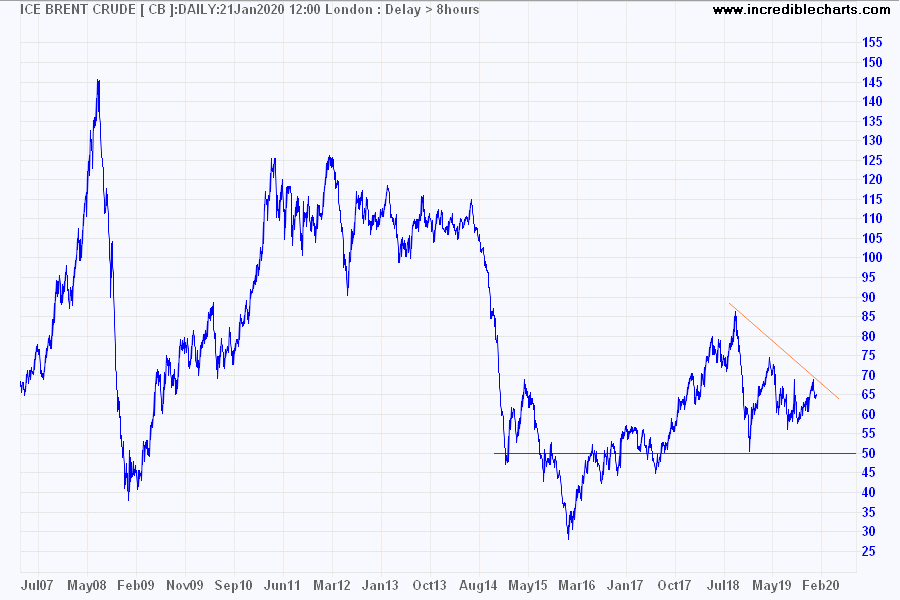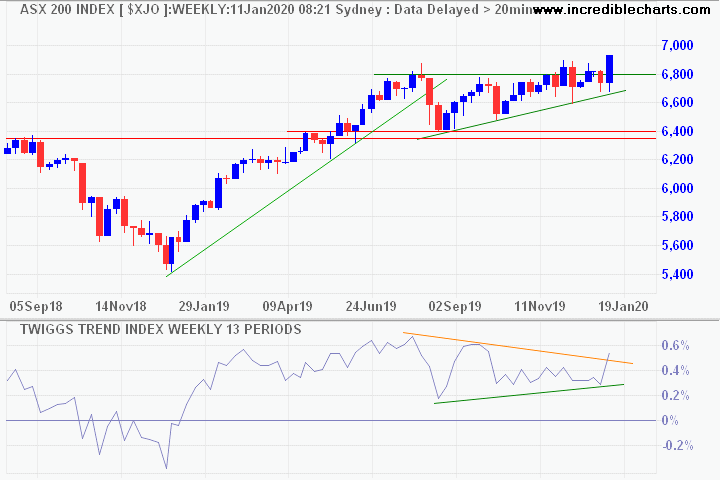From Leith van Onselen at Macrobusiness:
Former ALP minister Craig Emerson has penned an article in The AFR calling on the Morrison Government to tackle Australia’s declining productivity growth, which is central to boosting the nation’s living standards:
“Productivity growth has contributed 95 per cent of the improvement in Australians’ material living standards since 1901”.
“From the turn of the century, Australia’s productivity performance began to slide and the longer it has gone on the worse it has gotten”.
“Over the period from 2015 until the COVID-19 pandemic struck, actual productivity growth was worse than the low-productivity scenario included in the 2015 intergenerational report”.
“In the decade since 2010 – even excluding last year – Australia recorded its slowest growth in GDP per capita of any decade in at least 60 years”.
“Without a comprehensive economic reform program, Australia will inevitably have weak growth in living standards during the remainder of the 2020s and into the 2030s”.Craig Emerson’s assessment is broadly correct, as evidenced by the stagnant real per capita GDP, wage and income growth experienced over the past decade (even before the coronavirus pandemic).
Sadly, however, the Morrison Government with the help of the Australian Treasury seems hell bent on leveraging the other ‘P’ – population growth – to mask over Australia’s poor productivity performance and to keep headline GDP growing, even if it means per capita GDP, income growth and living standards deteriorate.
Rather than using the coronavirus pandemic as an opportunity to reset the Australian economy to focus on quality over quantity, the Morrison Government is intent on repeating the policy mistakes of the past by returning to the lazy dumb growth policy of hyper immigration.
Rebooting mass immigration will inevitably contribute to Australia’s poor productivity growth by:
- Crush-loading cities, increasing congestion costs and rising infrastructure costs;
- Encouraging growth in low productivity people-servicing industries and debt creation, rather than higher productivity tradables; and
- Discouraging companies from innovating and adopting labour saving technologies.
It’s time to put the Australian Treasury’s Three-Ps framework to rest once and for all, along with the snake oil solution of mass immigration.
Policy makers must instead focus first and foremost on boosting productivity, followed by lifting labour force participation. These are the two Ps that actually matter for living standards.
We agree with the concern over poor productivity growth, but focusing on labor force participation is putting the cart before the horse. The key cause of low productivity growth is declining business investment.

Without business investment, new job creation and wages growth will remain low. The way out of this trap is to prime the pump. Boost consumption through infrastructure programs — investment in productive infrastructure that will boost GDP growth (to repay the debt). Boost business investment through strong consumption, a lower Australian Dollar and tax incentives (like accelerated write-off) for new investment.
The lower exchange rate is important to rectify a serious case of Dutch disease1 from the resources industry. There are only three ways to achieve this:
- Increase imports, which would be self-defeating, destroying jobs;
- Reduce exports; or
- Export capital, of which Australia has little.
China is doing its best to help us with the second option, by restricting imports of a wide variety of Australian resources, but that has so far achieved little. David Llewellyn-Smith came up with an interesting alternative:
If we accept that the CCP is the latest manifestation of the historical tendency to give rise to political evils intent on dominating the lives of freedom-loving humanity, then why don’t we cut the flow of iron ore right now…….
The results would be instant. The Chinese economy would be structurally shocked to its knees. 30% of its GDP is real estate-related. 60% of the iron ore that drives it is sourced in Australia. Roughly speaking that is 18% of Chinese GDP that would virtually collapse overnight. Vast tracts of industry would fall silent. An instant debt crisis would sweep the Chinese financial system as its bizarre daisy chain of corruption froze. Local governments likewise. Unemployment would skyrocket.
…..What we can say with confidence is that it would pre-occupy the CCP for many years and hobble it permanently. Its plans for regional domination would be set back decades if not be entirely over.
The problem is how to convince the old boys around the boardroom table at BHP that this would be in their interest as well as in the country’s interest.
Notes
- Dutch disease is a term coined by The Economist to describe the impact on the Netherlands’ economy of a resources boom from discovery of large natural gas fields in 1959. The soaring exchange rate, from LNG exports, caused a sharp contraction in the manufacturing sector which struggled to compete, in export markets and against imports in the domestic market, at the higher exchange rate.


































































